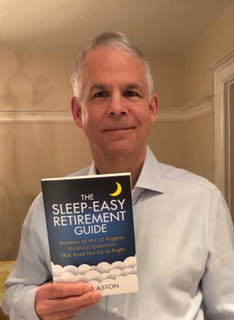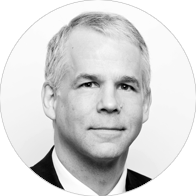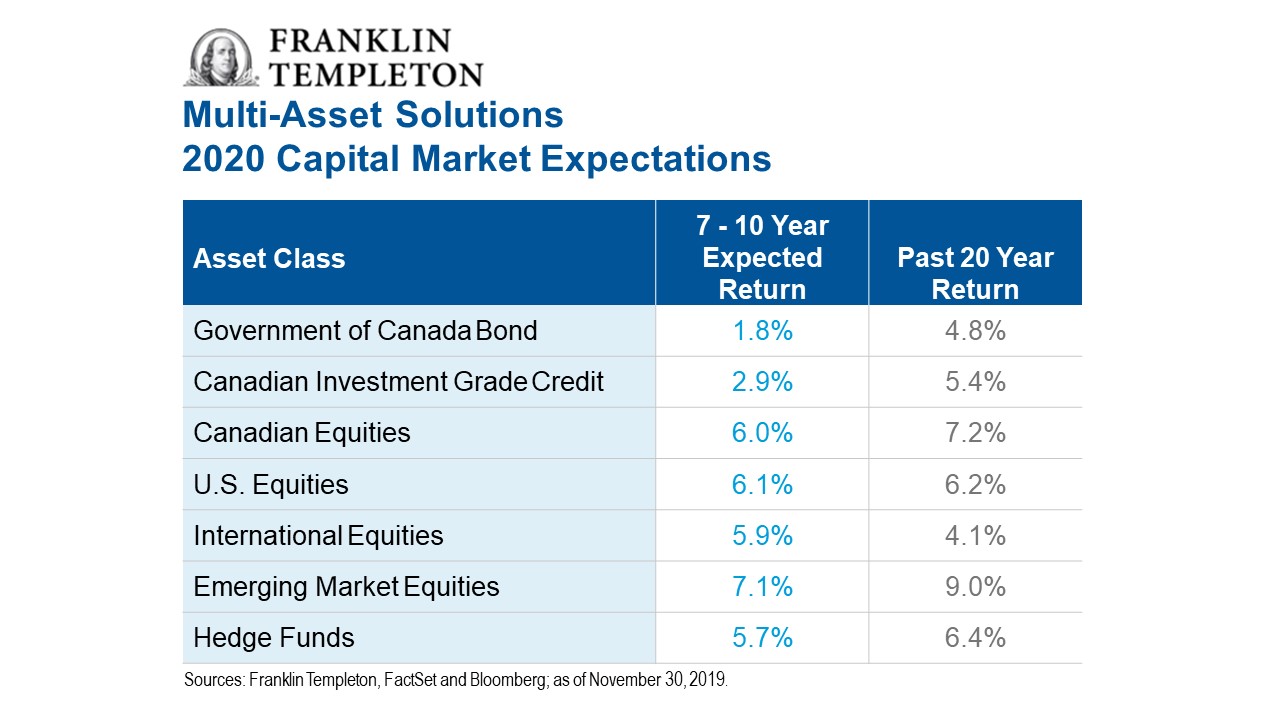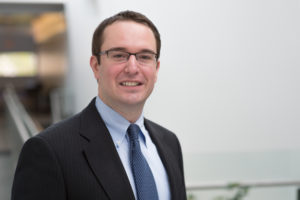
Today is the formal release date for David Aston’s new book, The Sleep-Easy Retirement Guide. Below is a Q&A I conducted with David to mark the occasion. See also my review of the book at MoneySense that appeared in December, as well as the Hub’s throw to that piece.
Jon Chevreau: What inspired you to write the book after so many years of writing about Retirement?
David Aston: I have covered most of the key issues in planning for retirement in stand-alone articles I have written over the years. But I wanted to update that advice for current circumstances and figures, show how all the issues fit together as an interconnected whole, and provide it in a combined reference guide that people could have on their shelf and readily turn to when questions came up.
Q2: What do you think about the FIRE movement?
DA: The Financial Independence Retire Early (FIRE) movement is certainly laudable. It’s an admirable concept that people should try to achieve Financial Independence as early as possible, which frees them up to do work that is most meaningful to them (rather than being obligated to do work that maximizes income). As I understand it, it also includes the concept that people should adopt a modest lifestyle that consumes money carefully and wisely without wasting it, which in turn helps make Financial Independence more achievable at a relatively young age. But from what I’ve read, many of the FIRE scenarios are oriented to extreme examples of people trying to achieve Financial Independence in their 30s. So it sometimes comes up as a concept for millennials who are looking for Financial Independence as a near-time goal rather than one that is achieved after a long career at work. That’s only possible for a tiny minority of people. In my experience, it is far more common for people in their 30s to go through a very difficult financial crunch period where they are struggling to buy a house, then make humungous mortgage payments, and cover the expensive costs of raising kids. FIRE goals are not realistic and achievable in your 30s for the vast majority of people. However, the quality of thriftiness and emphasis on saving can be emulated by everyone. I personally think FIRE makes a fair amount of sense for the far more common case of people of average means who might aspire to achieving Financial Independence in their early 60s or possibly their late 50s, but that may not sound particularly appealing to millennials.
Q3: What’s your take on Semi-Retirement and/or Phased Retirement?
DA: The whole world of work for older workers is opening up. The once accepted norm that people retired from their career job to live a life of leisure close to age 65 has pretty much gone out the window. There are lots of expanding options for people to do post-career work that is different than their career job. Often it involves reduced hours, but it can also be full-time work that is less stressful or more fulfilling, or some combination of these attributes. There are various forms of part-time work, contract work, self-employment, consulting or temp work. Often it means switching employers or being self-employed, but it can also mean gearing down to reduced hours or a less stressful role with the same employer. And these post-career options are often started in your early 60s, but they can also happen earlier or later. So there is a vast array of options out there and it’s really up to people to pursue the opportunities that appeal to them the most.
I should mention that “phased retirement” is a term that is sometimes applied to formal corporate programs that allow older employees to adopt a reduced-work schedule or otherwise gear down with the same company prior to full-retirement from their career job. If you go back about 10 years or so, there was an expectation that these kind of corporate programs would increasingly catch on and be offered by major corporations. However, it never really caught on as formal corporate programs that are broadly offered to all older employees. What I have seen happen is that you get a lot of these kind of arrangements to offer reduced hours or less stressful/more fulfilling job functions negotiated on an informal, individual basis. They aren’t offered to everybody in the company. Whether or not an employee can achieve something like that or not depends on the nature of their job, what their boss is looking for, as well as their individual wants and needs. Continue Reading…










